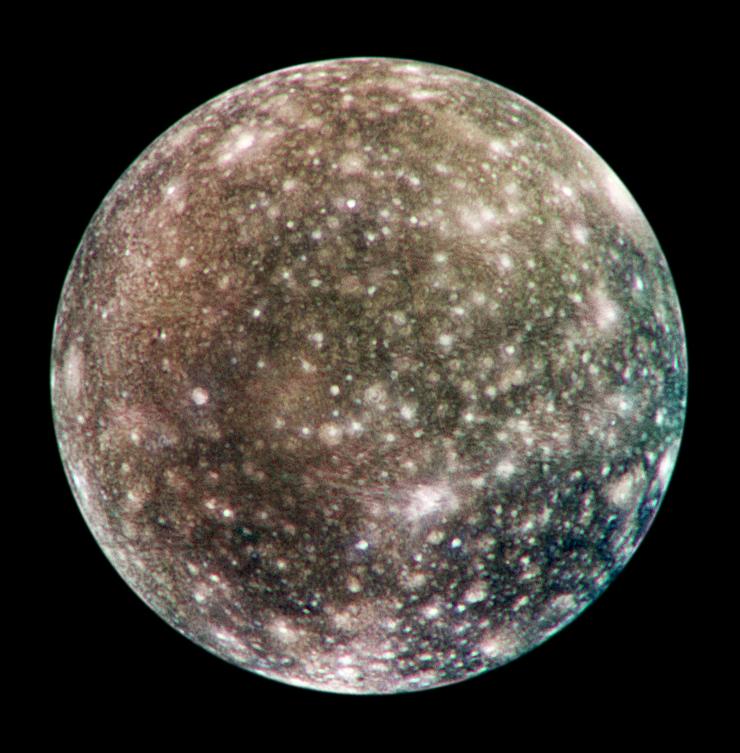Summary
Mission: To study the Jovian system in closer detail than ever before.
Challenge: To observe multiple moons in different orbits requires precise mission planning and a multitude of flexible instruments.
Solution: By traveling at different distances from Jupiter, Galileo could sample different parts of the planet’s extensive magnetosphere while performing 2-month flybys of Jupiter’s largest moons.
Value: The Galileo mission changed how we look at our solar system, it included numerous discoveries including an intense radiation belt above Jupiter’s cloud tops, helium in about the same concentration as the Sun, extensive and rapid resurfacing of the moon Io because of volcanism, and a magnetic field at Ganymede.
Lab: SPRL in collaboration with NASA
Scientific objective
Galileo orbited Jupiter for almost eight years, and made close passes by all its major moons. Its camera and nine other instruments sent back reports that allowed scientists to determine, among other things, that Jupiter’s icy moon Europa probably has a subsurface ocean with more water than the total amount found on Earth. They discovered that the volcanoes of the moon Io repeatedly and rapidly resurface the little world. They found that the giant moon Ganymede possesses its own magnetic field. Galileo even carried a small probe that it deployed and sent deep into the atmosphere of Jupiter, taking readings for almost an hour before the probe was crushed by overwhelming pressure.
Further Reading

